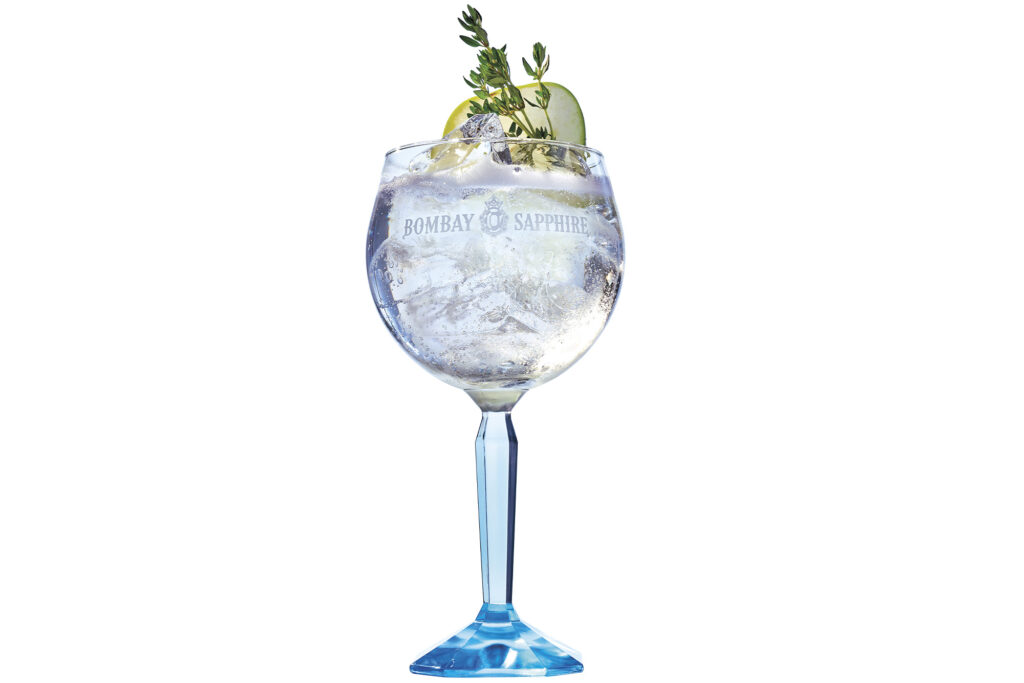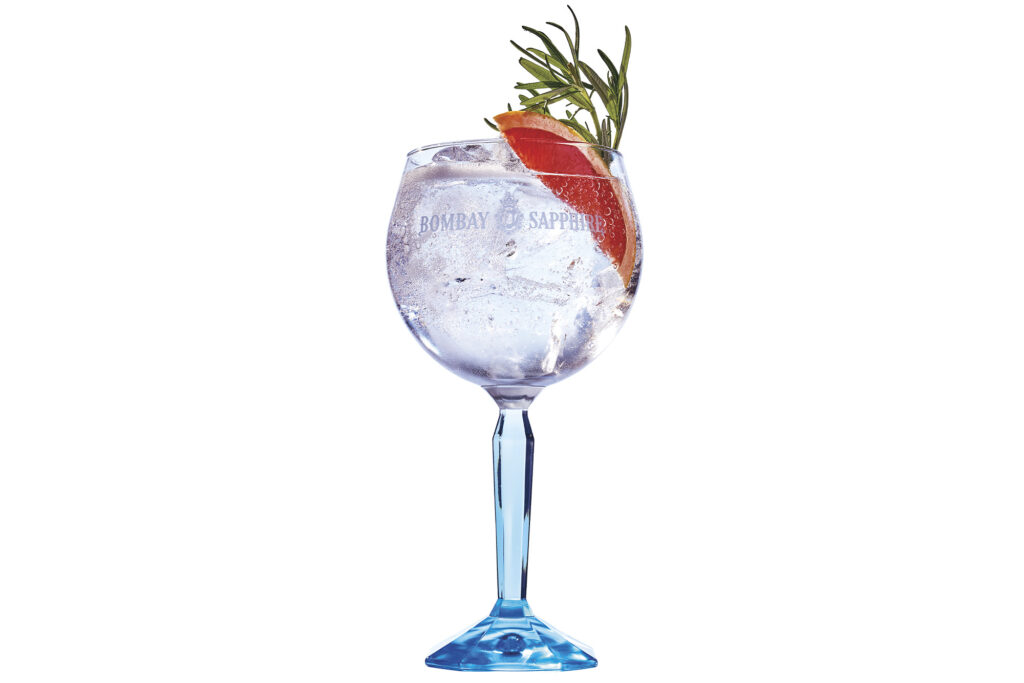Garnish Tips From Bombay Sapphire’s New Master of Botanicals
The best gins brim with botanicals. They swirl and spill over with exotic flavours and unusual herbs, infused together in pursuit of top-shelf perfection. And whilst almost every spin on the spirit contains the four same base ingredients (juniper berries, citrus peel, coriander seeds, and angelica root), most ginmakers go above and beyond this bare botanical minimum. They seek out strange, trailblazing, and trend-bucking botanicals to pique our tastebuds and entrust experts to deftly blend them together. It’s less alchemy and more art.



Enter Alessandro Garneri. Recently appointed Bombay Sapphire’s latest ‘Master of Botanicals,’ Garneri has been working under the Bacardi banner for almost a decade and definitely knows his cubeb berries from his cassia bark. “I work with more than 100 botanicals with different characteristics from different natural environments and different countries,” he tells SHARP. “Botanicals can be very different, which is why we pride ourselves on knowing their exact place of origin and keeping strong relationships with our farmers and suppliers. Because those various microclimates give our specific botanicals their unique characteristics.”
In his new role, which will see Garneri responsible for sourcing Bombay Sapphire’s core ten botanicals, the agronomist hopes to further spearhead the gin’s sustainable practices without sacrificing its iconic taste, because, from almonds and licorice to ‘grains of paradise,’ each one of Bombay’s botanicals plays its own unique part in the gin’s flavour fandango. But it’s a delicate dance and consistency can prove difficult when you’ve committed to using all-natural, organic ingredients. “We’re always learning to identify and check the differences between botanicals,” says Garneri, “and working together with our partners to understand the quality of ingredients.”


In any case, these flavours can always be complemented once the gin is in the glass. Garnishing gives us a chance to master those botanicals ourselves, and Garneri recommends we drinkers try tailoring a timeless, ubiquitous cocktail — the gin & tonic — to our own tastes. This classic serve, he says, is “recognized as a canvas for creativity by bartenders all over the world” — blank enough for any budding mixologists to make their mark on. “You can choose your garnish based on the flavour profile or the palate character you want to highlight in your G&T, whether that’s sweet, spicy, or savoury. But you don’t need to buy different gins for different gin cocktails. You can simply play with garnishes or flavoured tonics to create brand new drinks.”
Here are four of Garneri’s favourite fresh, avant-garde garnishes:
Crisp Green Apple & Thyme

Thyme, a perennial herb, slowly releases aromatic oils which harmoniously blend with the earthy notes of the gin — in particular botanicals such as angelica and licorice. Together with freshly cut green apple, it immediately lifts the drink.
Raspberries & Fresh Mint

Intensifying the bright juniper and citrus flavours of the gin, the cooling mint immediately envelops the nose as you sip and delicately infuses into the drink. The tart bite of fresh seasonal raspberries acts as a pleasing enhancer.
Pink Grapefruit & Rosemary

The vibrant, zesty characteristics of fresh pink grapefruit strike a harmonious chord with certain botanicals, including Bombay Sapphire’s Moroccan coriander seed, while the fresh rosemary adds additional depth and complexity with its aromatic oils.
Orange & Fresh Ginger

This simple yet sophisticated twist on the classic G&T draws on the slightly peppery and earthy spice of ginger. The warming and invigorating properties of freshly cut ginger pair incredibly well with the sweet tang of a navel orange.










